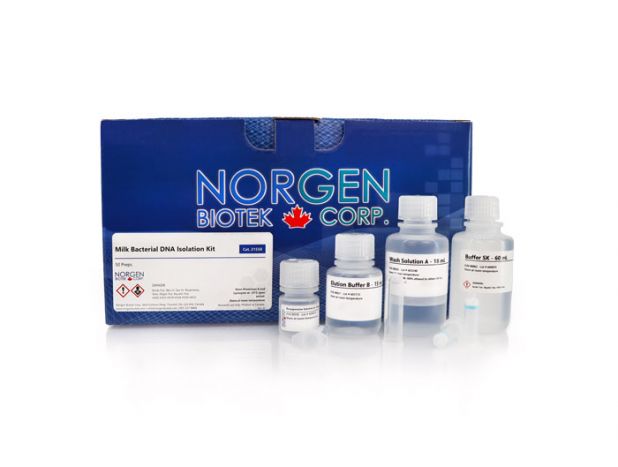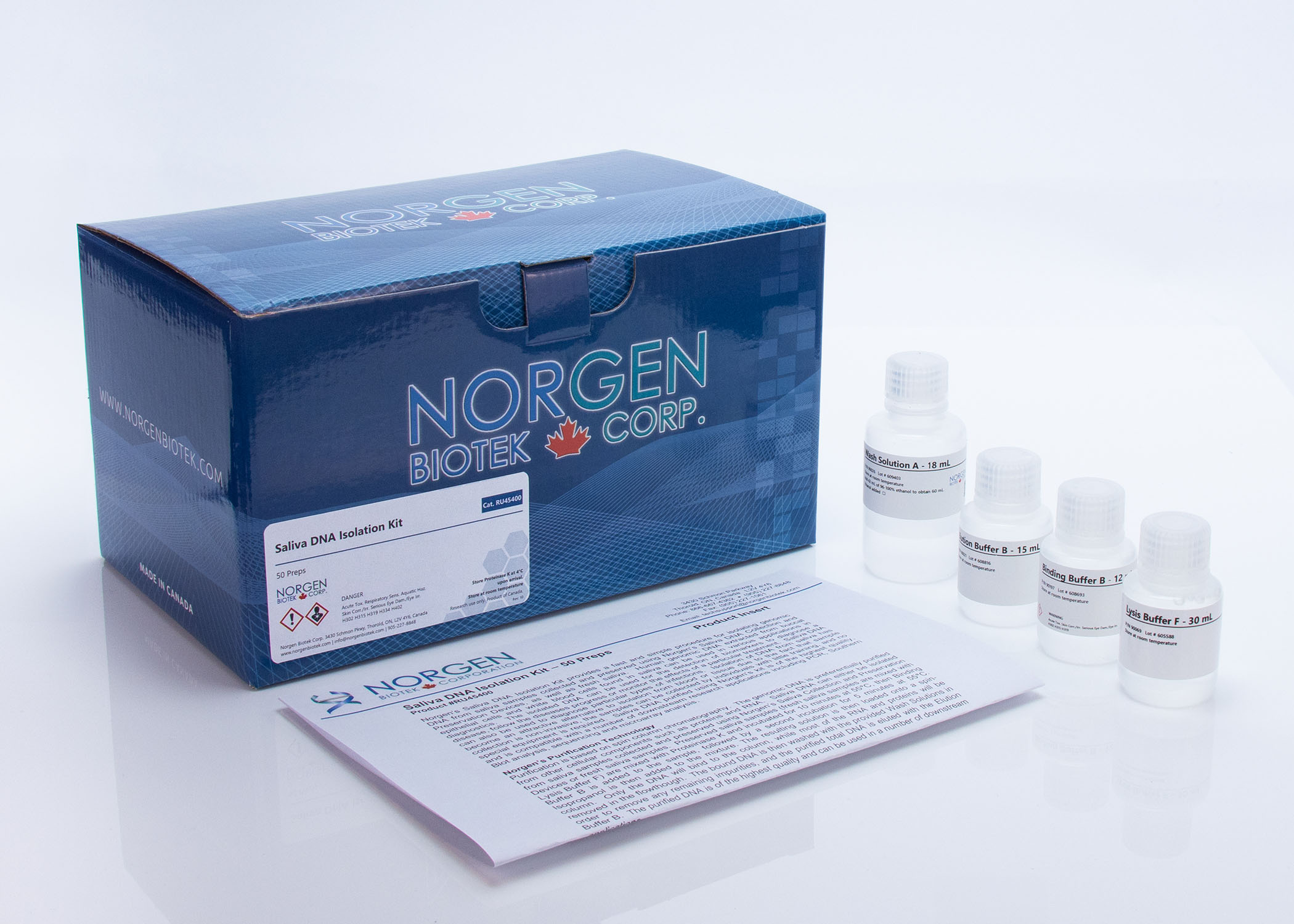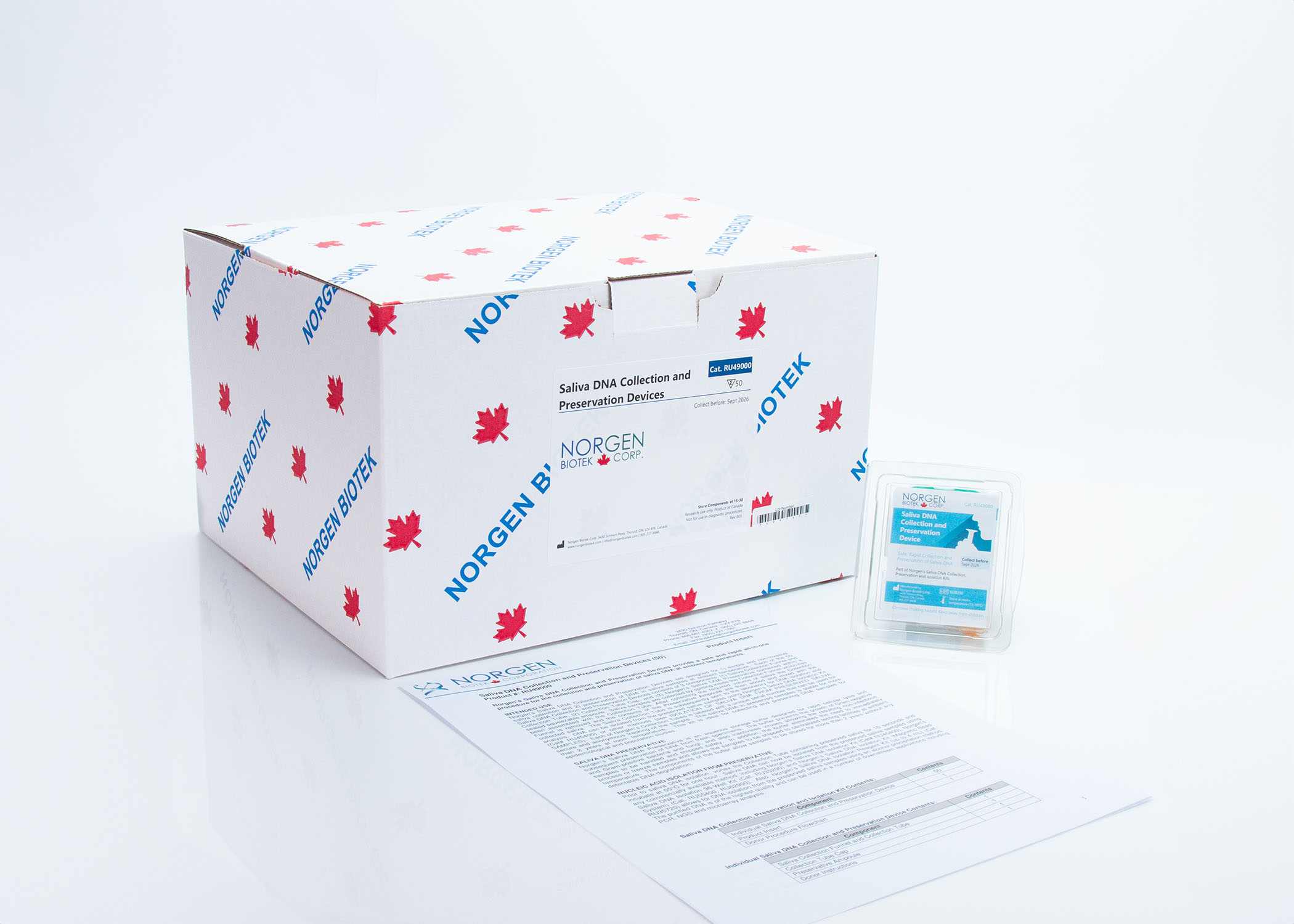Microbiome DNA Isolation Kit
Isolate total DNA from a variety of Microbiome samples
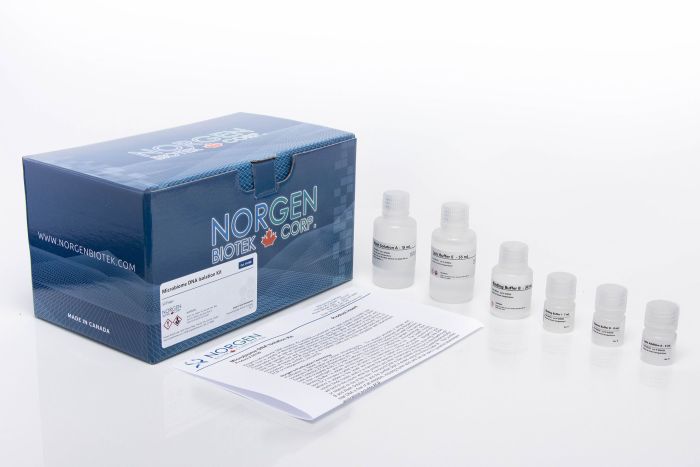
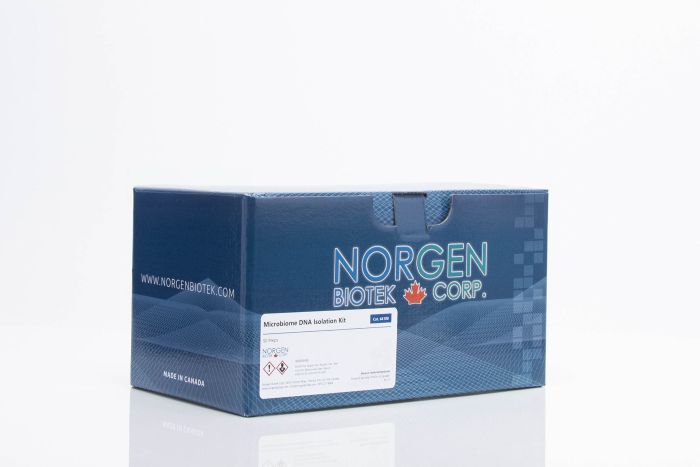
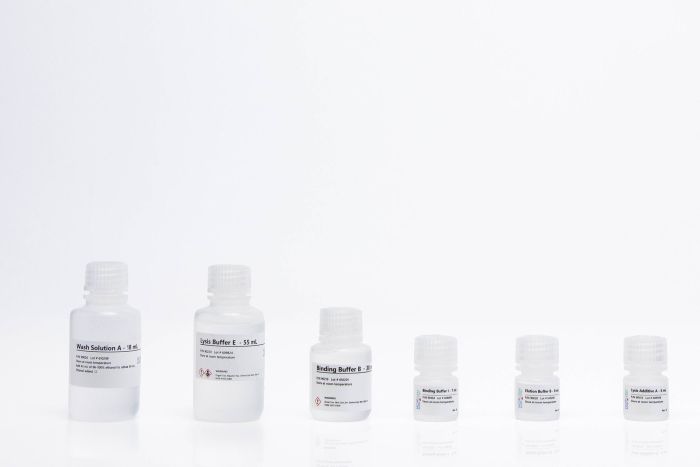
For research use only and NOT intended for in vitro diagnostics.
Microbiome DNA Isolation Kit
Isolate total DNA from a variety of Microbiome samples
Register today to receive an exclusive 15% off* on your first order.
Features and Benefits
- Universal method to isolate and detect microorganisms and host cells simultaneously
- For use with samples collected using a swab - fresh, frozen or preserved in Norgen's Swab Collection and DNA Preservation System or Norgen's Fecal Swab Collection and Preservation System
- Rapid and convenient spin-column format
- Remove all PCR inhibitors from DNA samples
- Isolate high quality total DNA for PCR and NGS applications (Microbiome/Metagenomic sequencing)
- Optimized to isolate from the full preservative volume of the Swab Collection and DNA Preservation System for maximum yield
Norgen's Microbiome DNA Isolation Kit provides a convenient and rapid method to isolate total DNA from a variety of Microbiome samples collected using a swab. This kit can be used for fresh (dry transport) swab or any swab preserved using Norgen's Swab Collection and DNA Preservation Kit or any other of Norgen's Preservation Systems. This universal protocol conveniently allows for the isolation of total genomic DNA from both host and microbial cells found in the swab sample simultaneously. The kit removes all traces of PCR impurities using the provided combination of chemical and physical homogenization and lysis. A simple and rapid spin column procedure is then used to further purify the DNA. The purified DNA is of the highest quality and is fully compatible with downstream PCR or metagenomics using NGS.
Details
|
Kit Specifications
|
|
| Maximum sample input |
1 mL of preserved swab sample* or up to 0.5 mL preserved samples**
|
| Swab samples tested |
Fecal, saliva, buccal, food, nasal, blood, surface, skin
|
| Maximum Column Binding Capacity |
50 μg
|
| Maximum Column Loading Volume |
650 μL
|
| Time to Complete 10 Purifications |
30 minutes
|
* Collected using Norgen’s Swab Collection and DNA Preservation Kit (Cat. 45690)
**Please see the table in Section B of the Product Insert - Samples Collected using Norgen's Preservation Devices
Storage Conditions and Product Stability
All solutions should be kept tightly sealed and stored at room temperature. This kit is stable for 1 year from the date of shipment.
| Component | Cat. 64100 (50 preps) |
|---|---|
| Lysis Buffer E | 55 mL |
| Lysis Additive A | 6 mL |
| Binding Buffer I | 7 mL |
| Binding Buffer B | 30 mL |
| Wash Solution A | 18 mL |
| Elution Buffer B | 8 mL |
| Mini Spin Columns | 50 |
| Collection Tubes | 50 |
| Elution Tubes (1.7 mL) | 50 |
| Product Insert | 1 |
Documentation
FAQs
Spin Column
Poor DNA recovery could be due to one or more of the following:
- An alternative elution buffer was used.
It is recommended that the Elution Buffer B supplied with this kit be used for maximum DNA recovery.
- Lysis Additive A was not added to the lysate.
Ensure that the provided Lysis Additive A is added to increase DNA yield. Also, an incubation can be performed at 65°C for 10 minutes after addition of the Lysis Additive A and prior to vortexing to maximize DNA recovery.
- Ethanol was not added to the lysate.
Ensure that an equal amount of ethanol is added to the lysate before binding to the column.
- Ethanol was not added to the Wash Solution A.
Ensure that 42 mL of 96 - 100% ethanol is added to the supplied Wash Solution A prior to use.
If the DNA does not perform well in downstream applications, it may be due to one or more of the following:
- Elution is brown.
Ensure that the Lysis Additive A is added. Also ensure Binding Solution I is added to the lysate and that it is incubated on ice for 10 minutes prior to spinning down the lysate. Avoid any contact with the pellet or surface residue when collecting the supernatant after the 5-minute spin during Sample Preparation.
- Lysis Additive A was not added to the lysate.
Ensure that the provided Lysis Additive A is added to the lysate.
- DNA was not washed with the provided Binding Buffer B and Wash Solution A.
Traces of salt from the binding step may remain in the sample if the column is not washed three times with the provided Binding Buffer B and Wash Solution A. Salt may interfere with downstream applications, and thus must be washed from the column.
- Ethanol carryover.
Ensure that the dry spin under the Column Wash procedure is performed in order to remove traces of ethanol prior to elution. Ethanol is known to interfere with many downstream applications.
- Binding Buffer I was not added to the lysate.
Ensure that the Binding Buffer I is added to the lysate and that it is incubated on ice for 10 minutes prior to spinning down the lysate.
- PCR reaction conditions need to be optimized.
Take steps to optimize the PCR conditions being used, including varying the amount of template, changing the source of Taq polymerase, looking into the primer design, and adjusting the annealing conditions.
Citations
| Title | Analysis of Vaginal Microbiome in Women with or Without Episodes of Spontaneous Abortion in Eastern Nigeria |
| Citation | Maternal-Fetal Medicine and Perinatology 2023. |
| Authors | Felix Emele Emele. Prisca Onyeulor, Francisca Nwaokorie & Damian Asogwa |
| Title | Facial Skin Microbiome: Aging-Related Changes and Exploratory Functional Associations with Host Genetic Factors, a Pilot Study |
| Citation | Biomedicines 2023. |
| Authors | Edda Russo, Leandro Di Gloria, Matteo Cerboneschi, Serena Smeazzetto, Gian Paolo Baruzzi, Francesca Romano, Matteo Ramazzotti and Amedeo Amedei |
| Title | Geographic variation in bacterial assemblages on cane toad skin is influenced more by local environments than by evolved changes in host traits |
| Citation | Biology Open 2023. |
| Authors | Chava L. Weitzman, Mirjam Kaestli, Alea Rose, Cameron M. Hudson , Karen Gibb, Gregory P. Brown , Richard Shine and Keith Christian |
| Title | Impacts to canine dermal microbiota associated with repeated bathing |
| Citation | Frontiers in Veterinary Science 2023. |
| Authors | Dakota Discepolo, Russell Kelley, Adrian Watson and Erin Perry |
| Title | Pre-treatment oral microbiome analysis and salivary Stephan curve kinetics in white spot lesion development in orthodontic patients wearing fixed appliances. A pilot study |
| Citation | BMC Oral Health volume 2023. |
| Authors | Raisa Queiroz Catunda, Khaled Altabtbaei, Carlos Flores-Mir & Maria Febbraio |



